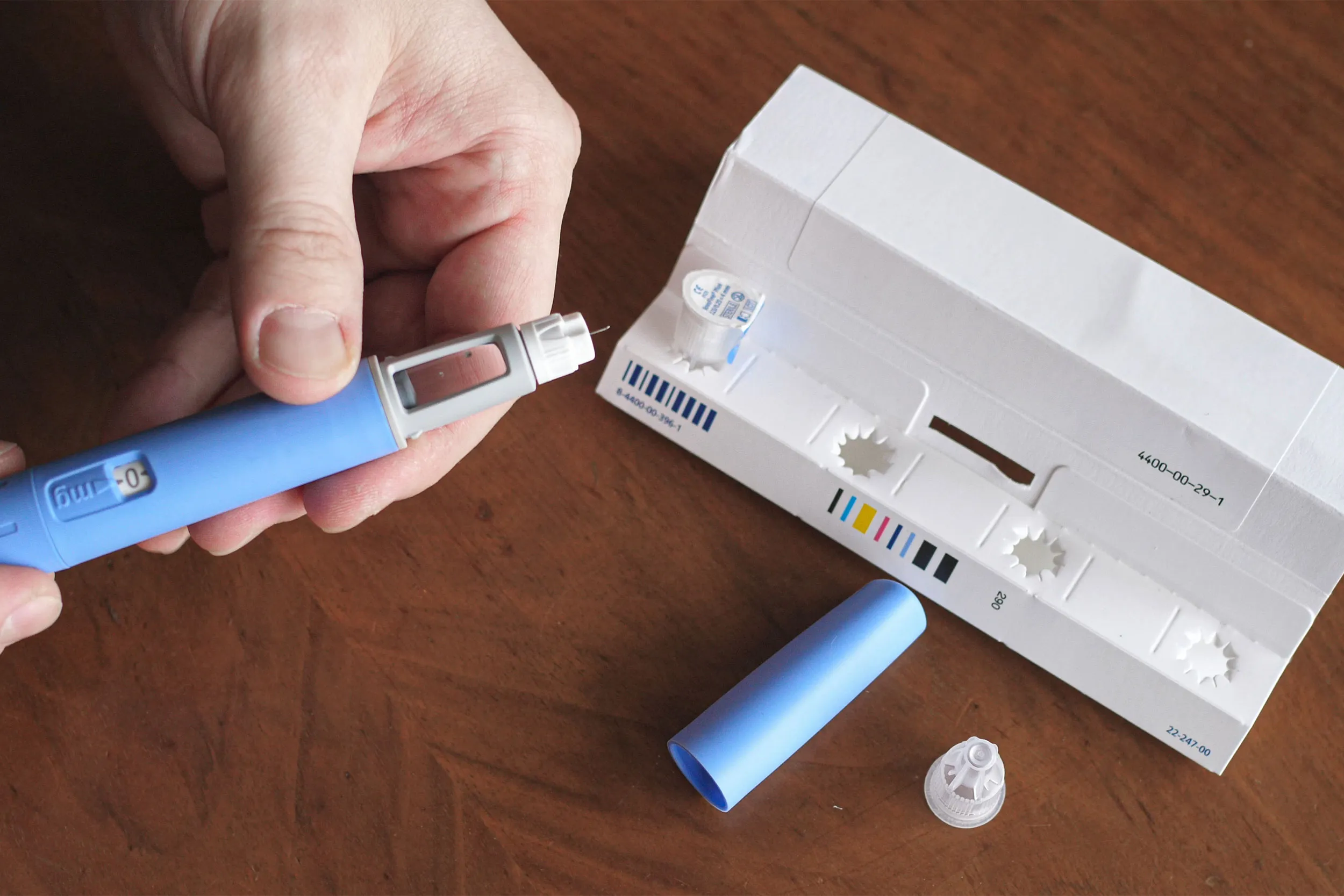Obesity rates in the U.S. remain high, with about 40% of adults affected, according to a 2021-2023 survey of 6,000 people. However, the rate of severe obesity has notably increased, especially among women, who are nearly twice as likely as men to report this condition.
Nearly 10% of those surveyed now report severe obesity, up from around 8% in the 2013-2014 survey. Despite some slight declines in overall obesity rates since the 2017-2020 survey, these changes are not statistically significant, leaving uncertainty about whether current obesity treatments and weight-loss drugs are making an impact.
The slight dip in overall obesity rates means it is still too early to gauge the effectiveness of new weight-loss drugs like Wegovy and Zepbound in curbing the obesity epidemic.

Dr. Samuel Emmerich from the CDC, who led the study, notes that further research is required to directly compare medication use and obesity prevalence. The increase in severe obesity is concerning as it is closely linked to higher rates of cardiovascular disease, diabetes, and reduced quality of life, according to health expert Solveig Cunningham.
BMI (Body Mass Index) remains the primary tool for assessing obesity, with severe obesity defined by a BMI of 40 or higher. Although BMI has its limitations, it is still widely used by healthcare professionals to screen for obesity.
Researchers are unsure why severe obesity rates are climbing, particularly among women, though factors such as hormonal changes or childbearing may contribute. Further study is necessary to understand these trends better.
Obesity rates also show significant variation based on education level. Nearly 32% of people with a bachelor’s degree or higher are obese, compared to around 45% of those with some college or a high school diploma or less.
Additionally, obesity prevalence differs by region, with states in the Midwest and South having the highest rates. In West Virginia, more than 41% of adults are obese, while Washington, D.C. has the lowest rate at under 24%. No U.S. state now has an obesity rate below 20%.
Despite these alarming statistics, there is hope. New weight-loss drugs and the growing recognition of obesity as a metabolic disease may offer promising solutions.
Dr. Alyson Goodman of the CDC emphasizes the need for prevention, particularly beginning in early childhood, as obesity is challenging to reverse both on individual and population levels. Preventing additional weight gain should be a primary goal in managing the obesity crisis.
